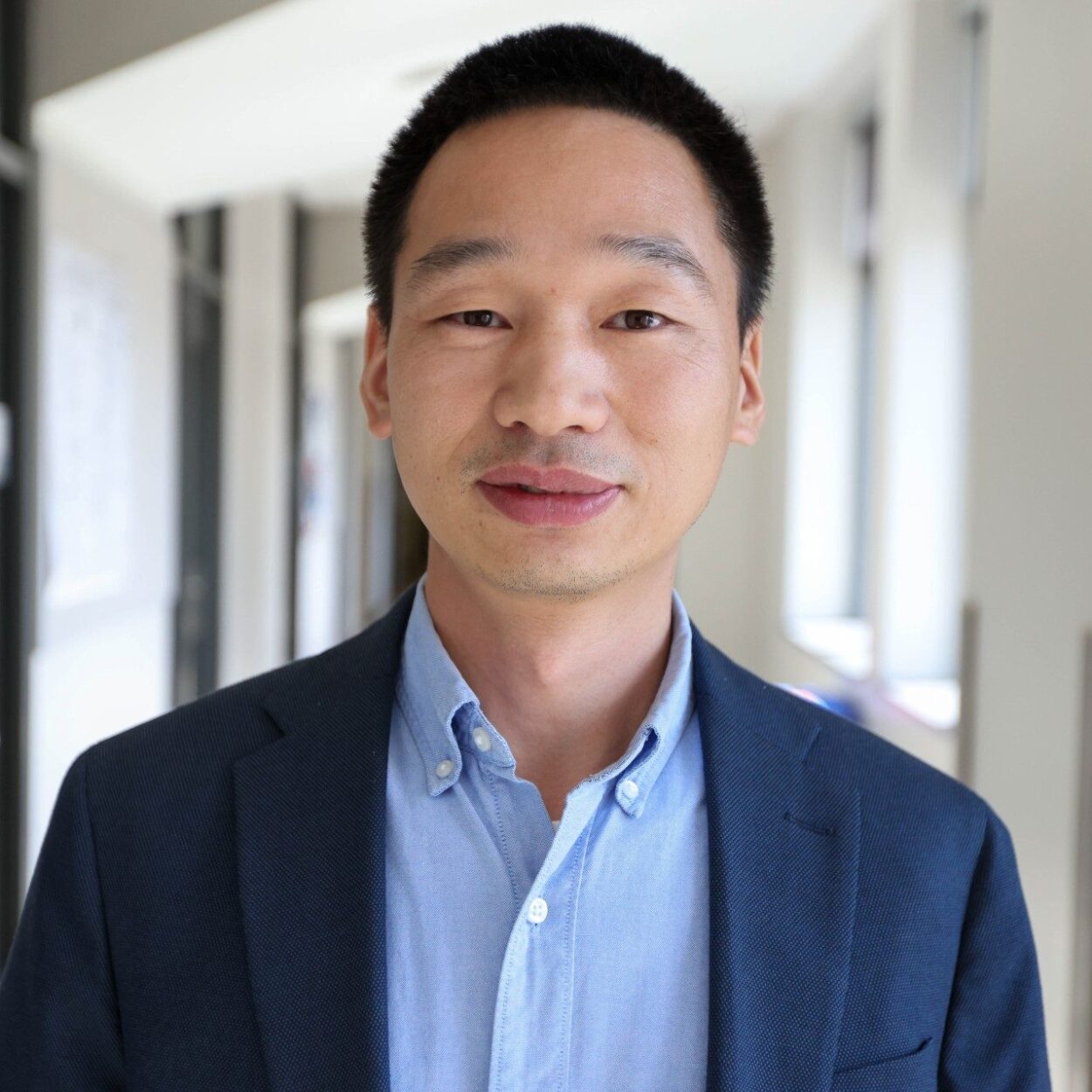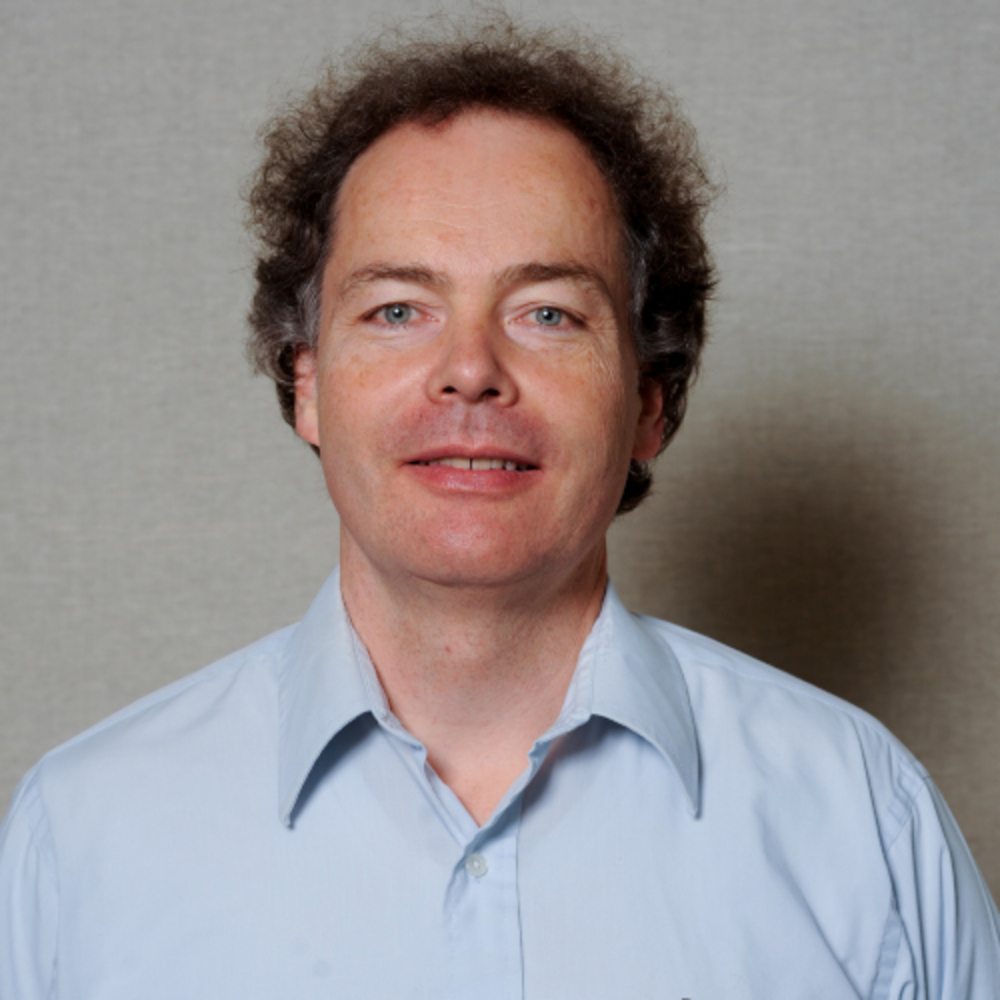Scientists at the Virginia Tech have demonstrated a groundbreaking approach to plastic recycling by transforming everyday polyethylene waste into high-value soap molecules; an innovation that could redefine how we think about plastics, recycling, and chemical upcycling. In our earlier report, we explored how this method bypasses conventional recycling limitations by breaking long polymer chains into short, surfactant-like segments. Now, we sat down with Professor Liu and his team to explore the inspiration behind the work, the chemistry enabling this transformation, and how their process scales without gas emissions or extensive pretreatment steps. You can view more research this interview is based on here:
Xu, Z., Munyaneza, N. E., Zhang, Q., Sun, M., Posada, C., Venturo, P., Rorrer, N. A., Miscall, J., Sumpter, B. G., & Liu, G. (2023). Chemical upcycling of polyethylene, polypropylene, and mixtures to high-value surfactants. Science, 381(6658), 666–671. https://doi.org/10.1126/science.adh0993
Munyaneza, N. E., Ji, R., DiMarco, A., Miscall, J., Stanley, L., Rorrer, N., Qiao, R., & Liu, G. (2024). Chain-length-controllable upcycling of polyolefins to sulfate detergents. Nature Sustainability, 7(12), 1681–1690. https://doi.org/10.1038/s41893-024-01464-x
This interview delves deeper into their two-step chemical strategy, the surprising versatility of PE and PP (#2, #4, and #5 plastics), and the real-world challenges of commercialising a high-tech chemical process through a newly formed startup. It also sheds light on how these soap products compare to conventional detergents and what this innovation could mean for global plastic waste management and circular-economy solutions.
The following interview is presented unedited to preserve the clarity of their scientific explanations and offer readers a direct look at how the team is taking plastic recycling far beyond traditional mechanical methods—toward a future where waste becomes a resource for entirely new industries.
What inspired your team to explore turning plastic waste into soap, and what was the key breakthrough that made this innovation possible?
We are always inspired to help solving the plastic problem. We realized that the chemical structure of polyethylene is similar to surfactants (e.g. soap) to some extent. The breakthrough was breaking the long polyethylene chains to short segments of similar length to soap molecules.
Can you explain the chemical process involved in converting plastic waste into usable soap molecules, and how it differs from traditional recycling methods and does the plastic that is recycled have to be prepared before the chemical process, if so how?
The chemical process that converts polyethylene (PE) waste into usable soap molecules include two steps. In the first step, it breaks the long PE chains into short segments of carbon atoms linked together, which are non-polar. The second step converts these short carbon segments into actual surfactants with a polar end group. This process differs from traditional recycling in that it does not require extensive pretreatment for the plastic waste and yet it produces high-value materials for use in another industry.
What types of plastics are most suitable for this transformation, and are there limitations in the scope of plastics that can be used?
The two most suitable plastics are polyethylene (PE) and polypropylene (PP). This covers the recycling numbers of #2, #4, and #5.
How does this technology compare to existing recycling methods in terms of efficiency, scalability, and environmental impact?
We have found this process to be highly scalable. In our lab, we have scaled it up by ~100 times and now we can produce large quantities of soap and detergent. The process produces no gas emissions, and thus leaves little environmental impact. Besides the main product that can be used to make surfactants, the solid residues are useful for recovery metals, and metallurgical processes.
What are the potential challenges in commercializing this process, and how does your team plan to address them to make it widely accessible?
The primary challenge in commercialization lies in the investment of capital equipment. This is a hard-core high-tech chemical process and require skilled chemists and engineers. We are working on a commercialization process and have recently spun-off a startup to do so. Investments are welcome.
How does the soap produced from plastic waste compare in quality and safety to conventional soaps, and what applications do you envision for this product?
The soap or surfactant in general produced from plastic waste have the same chemical structure to existing ones. There will be no differences in quality and safety. The only difference is that it is not from petroleum sources directly but the materials have been used before. We envision the product can be used industrially for cleaning and other purposes.
What are the next steps for your research, and how do you see this innovation contributing to global plastic waste management efforts?
We would like to expand the research other areas of surfactants and broaden the scope of application field. We’d also like to scale it up for pre-pilot or pilot-scale production. We have spun-off a startup and with investment, we will be able to do so.

Hassan graduated with a Master’s degree in Chemical Engineering from the University of Chester (UK). He currently works as a design engineering consultant for one of the largest engineering firms in the world along with being an associate member of the Institute of Chemical Engineers (IChemE).


